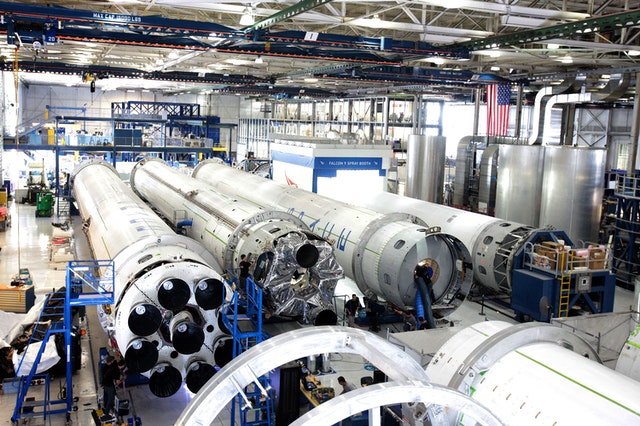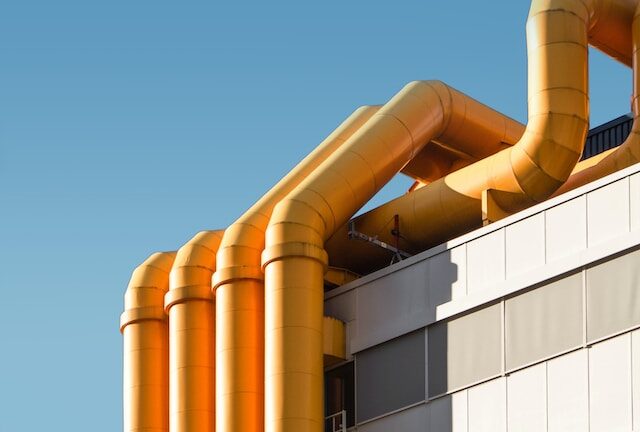There are so many different industrial mixers out there that it can seem impossible to choose the right one for your business. Fortunately, the task becomes much more manageable when you know what you need. The key is to identify your ingredients and mixing needs ahead of time. Take a minute to think about your goals and mix plans. Then, once you know that information, you can keep reading to learn more about the most common types and which one you need.
Ribbon Blenders
Ribbon-style industrial blenders are the workhorses of the field, designed for hours of continuous use. They can handle every ingredient you put in them, mixing solids, liquids, and pastes. Ribbon blenders are the best option if you are focused on putting out as much product as possible. That said, they can be costly to stop and restart, so they are often not the best choice for businesses that are not going to be producing goods all the time.
Fluidizers
Fluidizers, relatively new to the blending world, can handle small and heavy loads and are very popular for mixing liquids. While they aren’t as powerful as the ribbon blenders, they can still mix pastes and do a thorough job. They are the way to go if you want to increase your production, but you don’t need a full ribbon blender just yet. However, they don’t offer the same cutting power as a ribbon blender, so they cannot always deal with solids.
Paddle Blenders
Paddle blenders are most commonly used for pastes and liquids, although you can also use them to mix other ingredients. One of the best features is that you can customize them. When picking out your paddle blender, look for one in the size and durability you need with the options to make mixing your ingredients possible. The only potential drawback is that they can become energy drainers when you don’t have the add-ons, power, or size you need.
Industrial mixers come in all shapes, sizes, and styles. However, the most common are ribbon, fluidizing, and paddle blenders. Working your way through the purchasing process may seem like an impossible task for those new to the blending industry. Fortunately, you can take a few steps to learn the terminology and get the right option for you. By following this guide, you can navigate the buying process to end up with a machine that works for whatever you are manufacturing.




